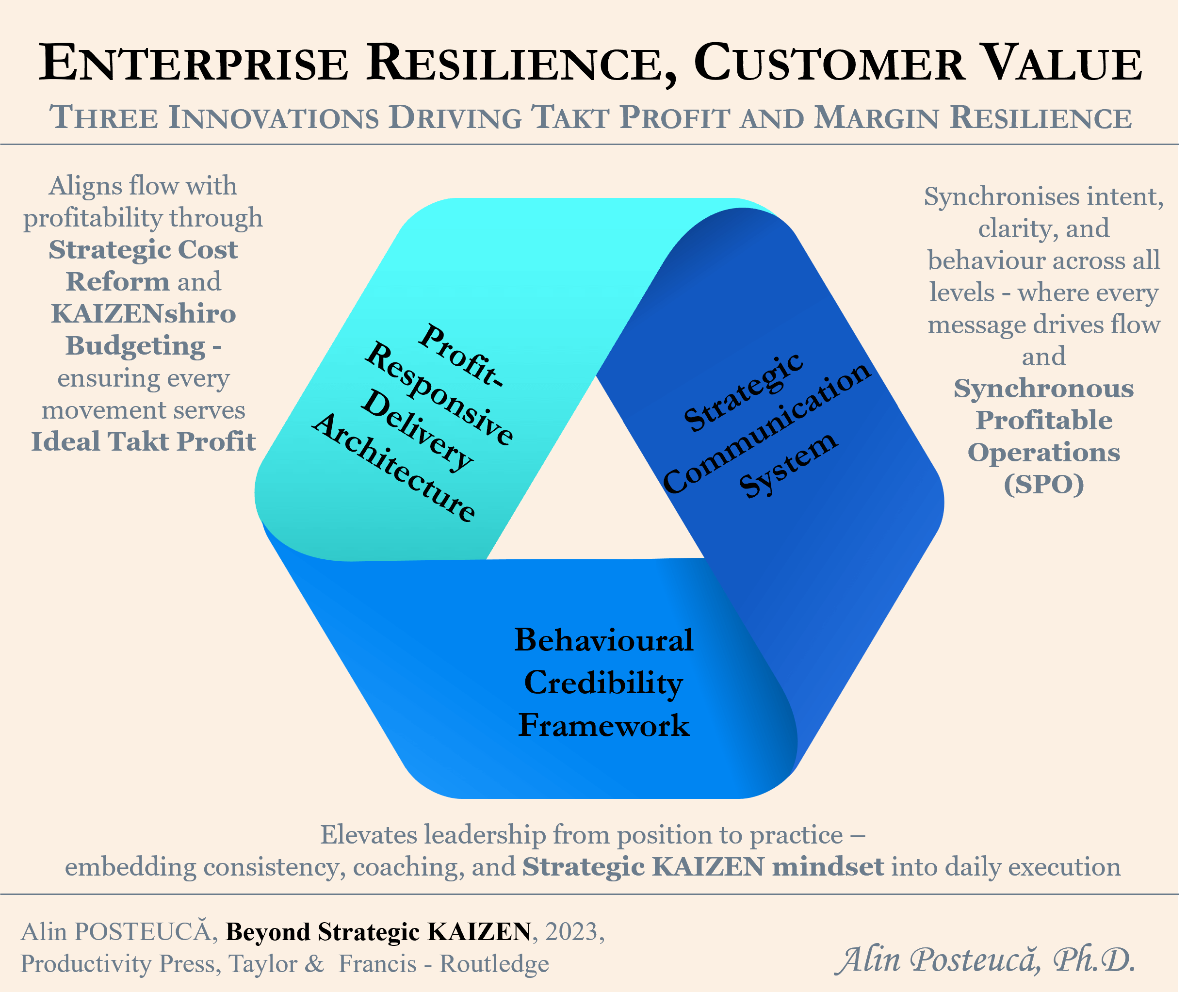In today’s volatile markets, customer satisfaction is no longer a tactical metric – it is a structural lever for enterprise resilience. Yet many organisations remain trapped in the executive paradox:
- Accelerate responsiveness → win customers, lose margins
- Slow down to protect margins → risk customer attrition
Strategic KAIZEN resolves this tension. It transforms responsiveness from a reactive burden into a strategic capability – executed profitably, rhythmically, and sustainably. This service enables organisations to embed customer value into the very architecture of profitable execution.












 English
English Romana
Romana